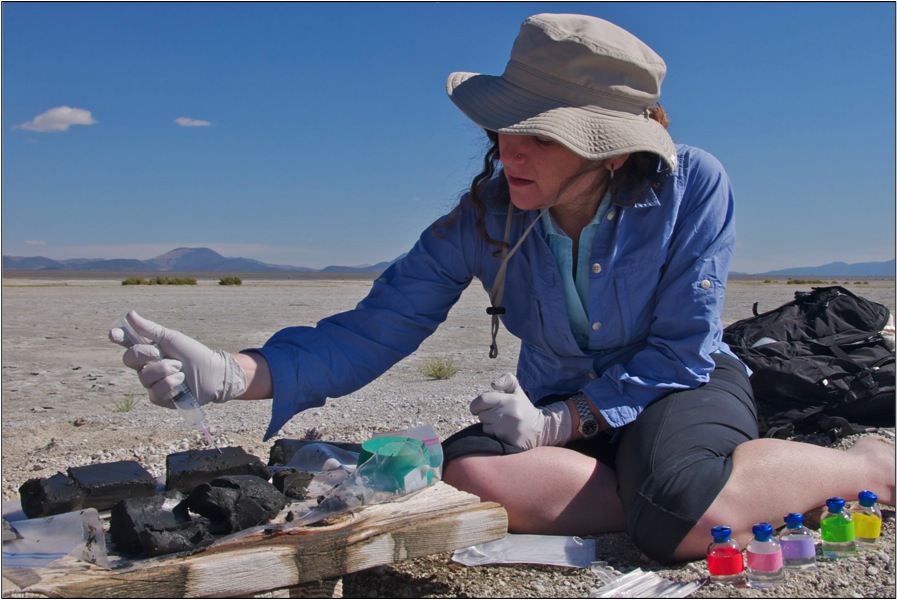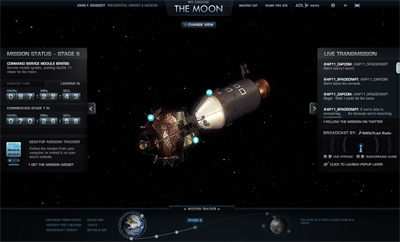 NASA is preparing to announce today that it has discovered an entirely new form of life that is built on a different basis from any life form every known.
NASA is preparing to announce today that it has discovered an entirely new form of life that is built on a different basis from any life form every known.
In other words, life does not have to be made up of carbon, hydrogen, nitrogen, oxygen, phosphorus and sulfur. The new life form discovered by the space agency is built upon arsenic.
Essentially, NASA has discovered an alien life form.
This changes the entire basis of the search for life on other planets. It changes the whole story. Life can apparently build itself out of things we thought made life impossible.
There’s a 2:00 pm EST news conference scheduled at NASA to formally announce the world-changing discovery.
Here’s NASA’s announcement of the finding.
This is NASA scientist Felisa Wolfe Simon who leads the team that made this discovery.

 If you’re planning on heading to the moon any time soon, you’ll at least be able to get a drink. NASA announced today that the
If you’re planning on heading to the moon any time soon, you’ll at least be able to get a drink. NASA announced today that the  NASA has released a
NASA has released a 